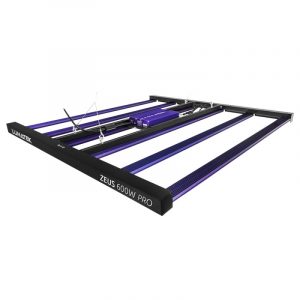An indoor plant or garden can bring a genuine much needed refresher to a room’s style, presenting a tad of nature into your very own living space. You could in fact develop a few vegetables inside, opening up new produce even to those trapped in a little city loft. Really focusing on those indoor plants, in any case, has forever been a test: even in sufficiently bright rooms, many plants can’t get adequate light to develop as completely as they would somehow. To mitigate this, most indoor producers buy a develop light.

Customarily develop lights have been glowing or fluorescent lights, however lately, extraordinary steps have been made in Driven (light-discharging diode) lights. In any event, for prepared indoor producers, the advantages and limitations of utilizing Drove develop lights are not generally clear – at the very least since you need to utilize them to some degree uniquely in contrast to a standard develop light.
Science at Work – Or Not
While radiant and fluorescent lights in fact utilize Led Grow Lights various strategies for creating light, they share one major trademark: the light delivered from the light is basically a result of a substance response. In a glowing bulb, this response is brought about by power going through a fiber; in a fluorescent cylinder, a gas is utilized all things considered. One way or another, there are incidental effects to depending on this science for your light.
In the first place, since the light is a “side-effect” of the response, considerably more energy must be consumed by the light to create that light in fact. This differences with LEDs, which create light straightforwardly because of an electrical flow going through them. Energy costs after some time will generally be emphatically lower with proceeded with use of Driven develop lights.
Second, the substance response that gives light in the more seasoned bulbs likewise produces a lot of intensity, as any individual who contacted a light as a youngster is horrendously mindful. With how much light important to develop inside, and the best closeness of that light to the plants, overseeing temperatures so as not to burn the developing plants can be troublesome. LEDs produce practically no intensity by any means, making generally speaking temperature the executives a lot more straightforward.
It Has What Plants Ache for
Photosynthesis can be exceptionally interesting. Various plants require various frequencies of light at various places in their day to day existence cycles for ideal developing. Since getting the right variety on brilliant and fluorescent lights is in many cases more difficulty than it is worth, most rather work on a wide range. This outcomes in basically squandered energy, as the frequencies the plants don’t need are not used. LEDs arrive in a wide assortment of varieties and frequencies to consider legitimate tuning and energy use with next to no work.